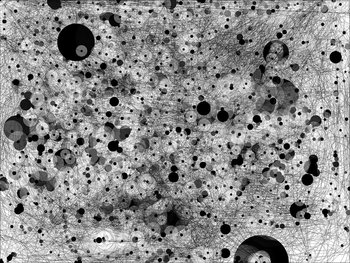
Example
A customer may include a list of contacts. Each contact may contain an address. All three objects: customer, contact and address are considered data entities.Counterexample
Attributes aren't data entities. Data entities are things. Attributes aren't things but rather describe things. For example, fields such as street, apartment number and telephone number are attributes of address. These aren't considered data entities.Notes
In a relational database, data entities are roughly equivalent to tables.In an object-oriented data model, a data entity is roughly equivalent to an object.| Overview: Data Entity | ||
Type | ||
Definition (1) | An object in a data model. | |
Definition (2) | A thing that is represented in a database. | |
Definition (3) | The conceptual equivalent of a table in a relational database. | |
Definition (4) | The conceptual equivalent of an object in an object-oriented data model. | |
Examples | CustomerContactAddress | |
Related Concepts | ||





























